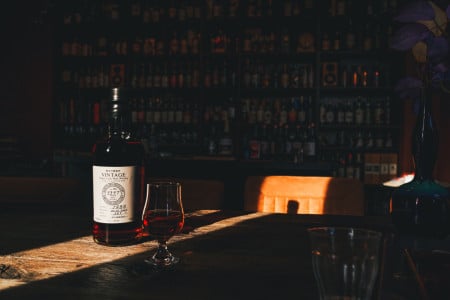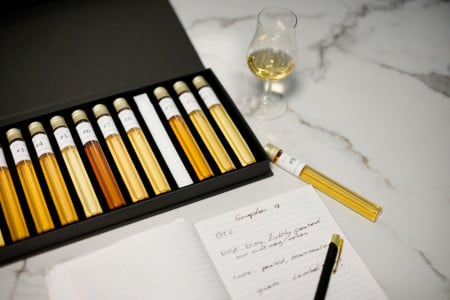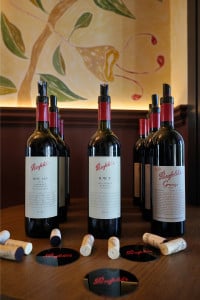The European market
There were two gentlemen who saw an opportunity to introduce the European market to this small, unique Japanese whisky distillery. David Caroll and Marcin Miller set up the company Number Drinks in 2006 and were among the first to ship Karuizawa to the West. However, the Dutch company Full Proof holds the European premiere with a series of beautiful Japanese Hanyu whiskies and a bottling of Karuizawa 1994-2006.
After lengthy negotiations with Kirin, Number One Drinks became the owner of the remaining 364 casks. Fortunately for the gentlemen, there was room for the casks in the newly built storage facility at Ichiro Akuto's Chichibu distillery.
As a stunt, the gentlemen released a Karuizawa 1960 in 2013, cask #5627, at Whisky Live Tokyo for 2 million yen (12,300 euros). At the time, this was the highest sale price for a bottle of whisky after the Yamazaki 50. With a yield of only 41 bottles, the cask provided the necessary promotion and perhaps caused a stir among enthusiasts. After all, who would pay this much for a bottle from the Karuizawa distillery, which was still almost unknown in Europe?
Another record was set two and a half years after its release at Bonhams, when the hammer fell on the same bottle at HKD 918,750, well over 100,000 euros.





